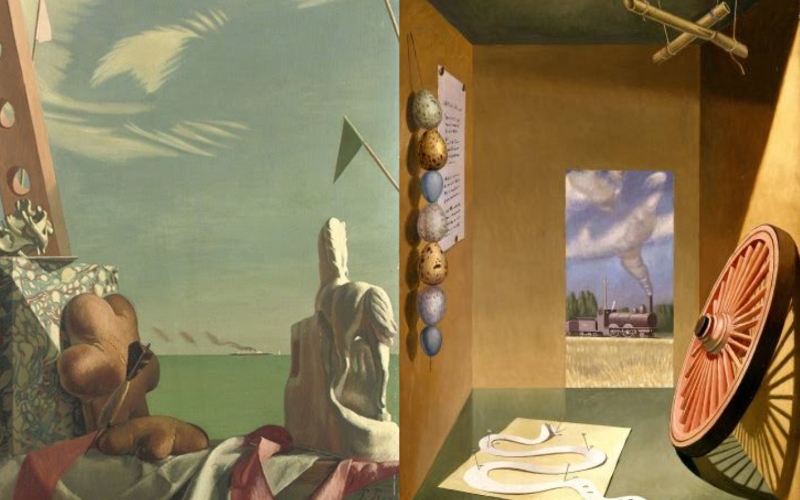In 1880, Pierre Roy was born in Nantes, France. He painted, illustrated, and created designs. Roy was the eldest of four kids, all of whom pursued painting as a hobby.
It is thought that the family’s close ties to author Jules Verne had an aesthetic influence on the kids.
Roy was employed as a draughtsman at an architecture firm before he decided to focus solely on painting. This meticulous work might have assisted the artist in honing his technical skills.
Roy joined the Société Nationale des Beaux-Arts (SNBA), a group of artists, in 1905 after deciding to focus completely on painting. Roy had at least four exhibitions of his work at Société des Artistes Indépendants through the SNBA.
Roy’s art in the beginning of his career was classified as neo-impressionist. He first encountered the art of Giorgio de Chirico around 1920. This inspiration prompted Roy to start developing his most recognizable surrealism style. In Roy’s surrealist works, commonplace items are put together in strange ways to create poetic compositions.
Roy’s creations were displayed in the inaugural surrealist painting exhibition in 1925. His artwork was displayed alongside Max Ernst’s and Pablo Picasso’s creations, which prompted his first solo exhibition in 1926.
Roy experienced numerous exhibitions of his art over his career. His work was shown in two shows in Paris, one of which was at the 1937 World’s Fair.
In New York, he held five exhibitions, including two at the Brummer Gallery and one at the Museum of Modern Art. During this time, he also held exhibitions in Honolulu and London.
Roy’s artistic abilities and imagination extended beyond painting to include commercial endeavors. He created book illustrations and theater and ballet sets using lithograph and woodcut methods. This included multiple Vogue magazine covers and a number of billboards.
1. A Naturalist Study
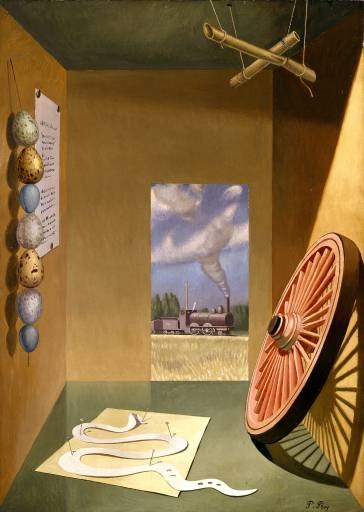
Pierre Roy used a precise aesthetic to depict an ambiguous reality, much like a number of the Surrealists with whom he shared an exhibition in 1925. The nineteenth-century interest in scientific classification and order is alluded to in A Naturalist’s Study. The connection between these oddities, which also include a paper snake and a line of eggs, is yet unknown.
This piece, according to the artist’s son, depicts an oddly still world: ‘Life seems to have stopped and become fixed like the locomotive itself in front of a chance or imaginary obstacle’.
2. Proue De Naivre at Papillons
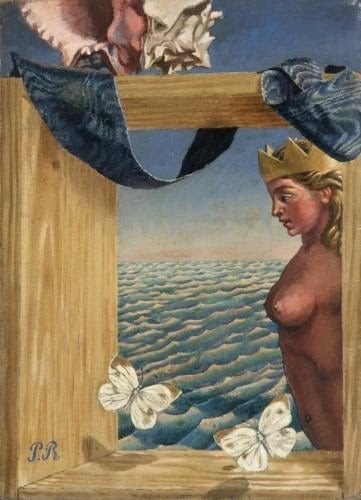
In the Surrealist tradition, Pierre Roy produced the 1925 work “Proue de naivre et papillons.”
3. Le Chou Fleur
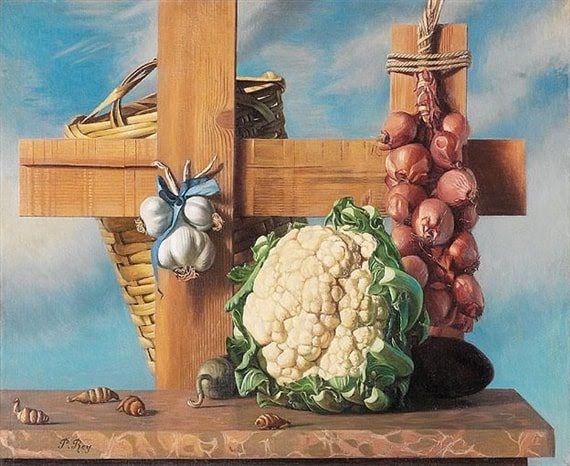
The 1931 painting Le Chou Fleur by Pierre Roy depicts cauliflower, onions, and garlic cloves with what appears to be a vegetable basket in the background.
4. Le Grand Bateau
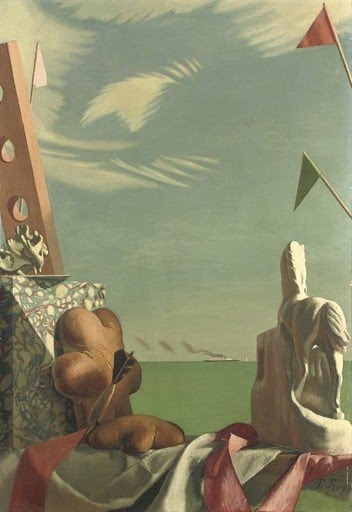
Pieere Roy created Le Grand Bateau in 1927 in a Magic Realism and surrealist manner.
5. La Femme Peintre
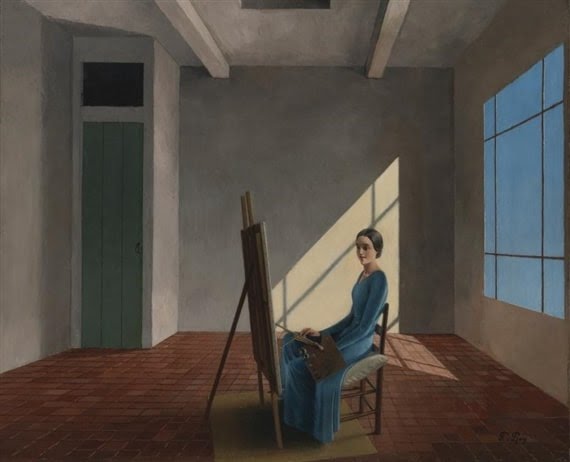
In 1931, Pierre Roy produced La Femme Peintre in the Magic Realism fashion.

